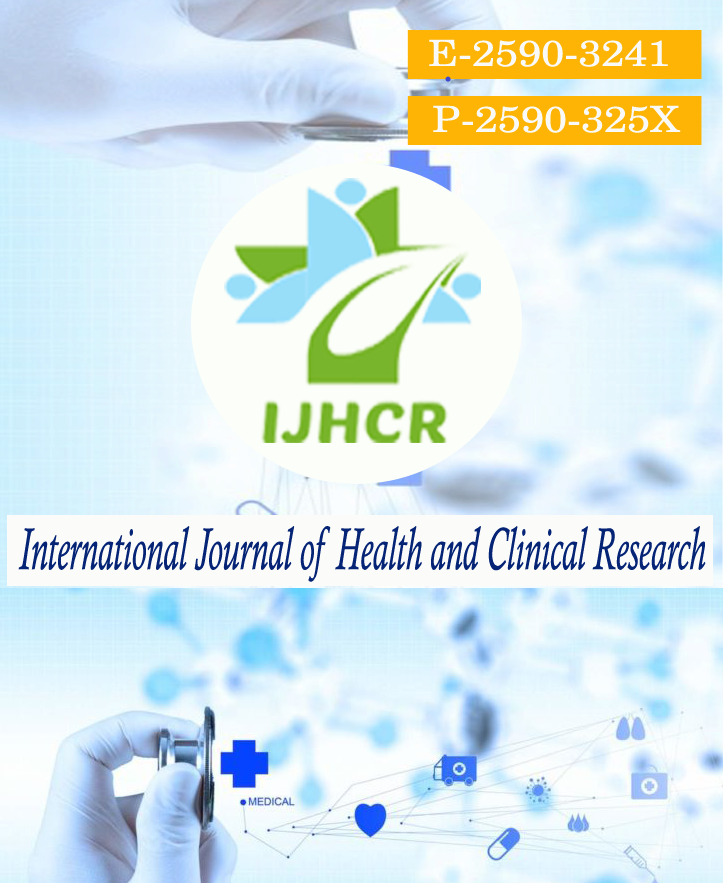Comparison of intraoperative and postoperative analgesic efficacy of Fentanyl versus Dexmedetomidine as an adjuvant to epidural Ropivacaine in patients undergoing major abdominal surgeries: an observational study
Keywords:
Dexmedetomidine, fentanyl, epidural ropivacaine, major abdominal surgeries, adjuvants, postoperative pain, thoracic epiduralAbstract
Background: Epidural analgesia is a common method for the management of postoperative pain after major abdominal surgeries. The aim of the study was to compare the intraoperative and postoperative analgesic effect of dexmedetomidine and fentanyl as an adjuvant to epidural ropivacaine in adult patients undergoing major abdominal surgeries. Materials & Methods: This study included 80 patients between 25- 60 years age group of ASA class I- II scheduled to undergo elective major abdominal surgeries and classified randomly into two groups (each=40). Group D (Dexmedetomidine group): received 50 μg dexmedetomidine with 10 ml of 0.125% ropivacaine intraoperative over 10 mins after induction of general anesthesia followed by 2 ml (100 μg) dexmedetomidine mixed with 48 ml of 0.125% ropivacaine in a 50 ml syringe and infused epidurally at a rate of 5ml/hr for the postoperative 48 hours. Group F (fentanyl group): received 50 μg fentanyl with 10 ml of 0.125% ropivacaine intraoperative over 10 mins after induction of general anesthesia followed by 2 ml (100 μg) Fentanyl mixed with 48 ml of 0.125% ropivacaine in a 50 ml syringe and infused epidurally at a rate of 5ml/hr for the postoperative 48 hours. Patients were evaluated for rescue analgesic requirements (intraoperative fentanyl and postoperative tramadol, and diclofenac), hemodynamic stability, postoperative pain, sedation and any adverse events. Results: The quality of analgesia was better with dexmedetomidine than fentanyl group (p<0.05), and the requirement for rescue analgesia (intraoperative fentanyl and postoperative tramadol and diclofenac) was significantly lower with dexmedetomidine than fentanyl group (p<0.05). The incidence of motor block, sedation, bradycardia, hypotension and dry mouth was significantly higher with dexmedetomidine than fentanyl group (p<0.05). The incidence of nausea and vomiting, pruritis, urinary retention, and respiratory depression was significantly higher with fentanyl compared to dexmedetomidine group (p<0.05). Conclusion: Dexmedetomidine is an ideal adjuvant to epidural ropivacaine for postoperative analgesia compared to fentanyl in patients undergoing major abdominal surgeries.
Downloads
Published
How to Cite
Issue
Section
License
Copyright (c) 2022 Usma Jabeen, Zaid Muneer, Mohammad Khairat

This work is licensed under a Creative Commons Attribution 4.0 International License.






 All articles published in International Journal of Health and Clinical Research are licensed under a
All articles published in International Journal of Health and Clinical Research are licensed under a 